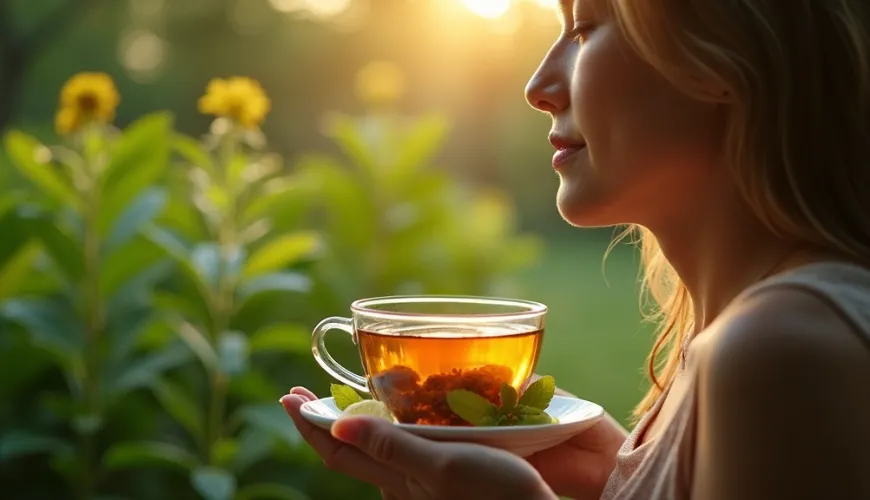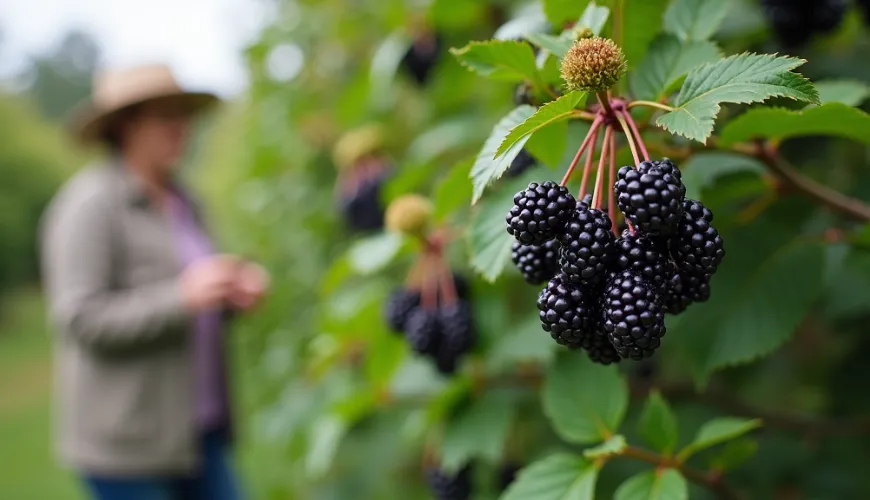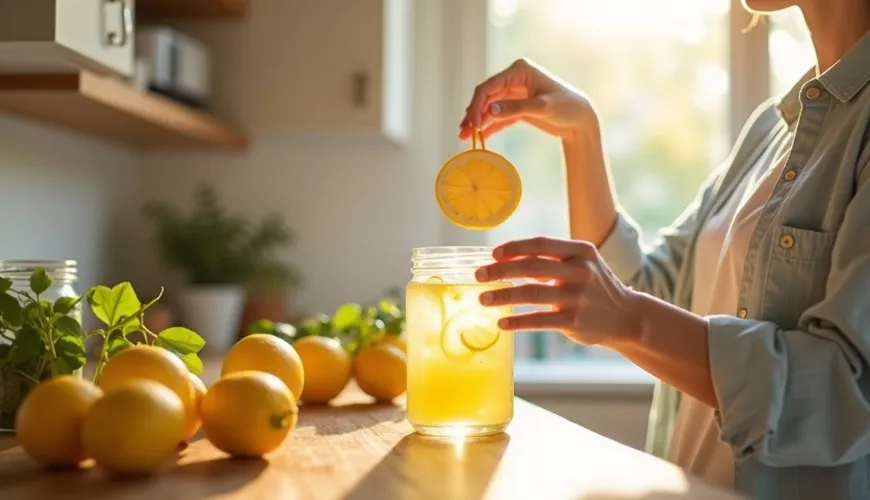
Tips on Aronia Recipes to Enrich Your Everyday Cooking

Chokeberry in the Kitchen: What Can Be Made from This Superfood?
Chokeberry, sometimes called black chokeberry, is gradually earning its place in Czech gardens and households. Its fruits are small, dark purple to black berries that are popular due to their high content of antioxidants, vitamins, and minerals. Often referred to as a superfood for the immune and vascular systems, its potential extends far beyond the medicine cabinet. In the kitchen, it can be transformed into unexpected delights – from jams and homemade liqueurs to healthy desserts and sauces for meat. There are many ways to process chokeberry, and many of them might surprise you.
The Taste of Chokeberry
If you've ever tasted fresh chokeberry straight from the bush, you might have noticed its astringent, even tart flavor. This might seem like a disadvantage, but this very characteristic makes it ideal for combining with sugar, honey, or fruits with higher natural sugar content. When cooked, its tartness significantly diminishes, resulting in a rich fruit flavor with a subtle earthy undertone. This makes it a great ingredient for making homemade compotes, syrups, jams, and especially – chokeberry liqueurs, which are becoming increasingly popular.
Top Chokeberry Recipes
You might think that chokeberry is something people just put in smoothies or dry for the winter. But why stop there? Homemade preserves and beverages can be not only tasty but also functional – supporting health without unnecessary additives. Here are some inspirations on how to make the most of chokeberry in the kitchen.
1. Homemade Chokeberry Liqueur with Honey and Spices
One of the most popular chokeberry recipes is undoubtedly homemade liqueur. It's simple to make, and the result looks like something from a luxury store shelf.
You'll need:
- 500 g fresh chokeberries (or frozen)
- 300 g cane sugar or honey
- 500 ml quality alcohol (e.g., smooth vodka)
- 1 teaspoon cinnamon
- a piece of whole vanilla or vanilla extract
- juice from one lemon
Place all ingredients in a sealable jar, shake well, and let stand in a dark place for at least three weeks. Stir occasionally. Then strain through a fine cloth or coffee filter and pour into a clean bottle. The liqueur is ideal as a homemade gift or a digestif after a heavy meal.
2. Chokeberry Jam with Apples
The combination of chokeberry and apples is not only delicious but also nutritionally balanced: apples add sweetness and natural pectin, while chokeberry adds depth and color.
Practical Tip: Mrs. Jana from South Moravia makes chokeberry jam with apples and a touch of cinnamon every autumn. "Not only does it taste great on bread with butter, but I also use it in Linzer cookies or as a filling in pies," she says.
3. Chokeberry Smoothie for Immune Support
If you're looking for a quick and healthy breakfast or snack, a chokeberry smoothie is an excellent choice. Just add a handful of frozen chokeberries, a banana, a tablespoon of chia seeds, and almond milk. The resulting drink has a rich color, earthy taste, and will energize you better than coffee.
4. Chokeberry Jelly for Cheese and Meat
Chokeberry flavors don't have to be just sweet. Combined with balsamic vinegar, a bit of sugar, and a pinch of salt, it creates a silky jelly that pairs excellently with hard cheeses, pâtés, or roasted meats. It's an original way to elevate even a simple appetizer to a gourmet experience.
Chokeberry Recipes as a Path to Sustainability
In today's world, where more and more people are trying to reduce waste and cook with local ingredients, chokeberry offers an ideal solution. It grows in our conditions without much care, requires no chemicals, and is extraordinarily resistant to pests. This makes it an ideal crop for home processing, whether you have a bush in your garden or buy chokeberries from a local grower.
Processing the fruits at home also saves money, and you know exactly what you're consuming. Plus, you can avoid unnecessary packaging, preservatives, and sugar commonly found in industrially produced juices or "fruit" syrups. Homemade chokeberry recipes are not just about taste but also about conscious choices.
How to Store and When to Harvest Chokeberry?
The harvest season usually begins at the end of August and lasts until September. The best time to harvest is when the fruits are fully ripe, have a deep color, and are slightly soft. If you're unsure, try crushing one – it should stain your fingers purple.
The great thing is that chokeberry can be frozen very well. After harvesting, remove the stems, rinse, dry, and place in a shallow container in the freezer. Prepared this way, the berries will last up to a year, and you can gradually use them for smoothies, jams, or liqueurs as needed.
Myths and Facts About Chokeberry
Some people fear chokeberry because of its tart taste or believe it's not suitable for children. However, the truth is that chokeberry is safe for small children in reasonable amounts, especially in the form of preserves or smoothies.
Interestingly, chokeberry contains more antioxidants than well-known blueberries or cranberries. Regular consumption can help reduce blood pressure, strengthen immunity, and better protect cells from free radicals. According to some studies, it may also have a positive effect on cholesterol and blood sugar levels (source: National Institutes of Health).
As the well-known British chef Jamie Oliver said: "Food should not just be fuel, but also a joy." And chokeberry certainly offers both – health and a taste experience.
Whether you decide to make liqueur, jam, or simply enhance your morning smoothie, chokeberry deserves more than just being overlooked as a "health berry." It has a firm place in the kitchen, and chokeberry recipes can enrich your menu with new tastes, colors, and aromas. Try something different this year – perhaps with chokeberry.

